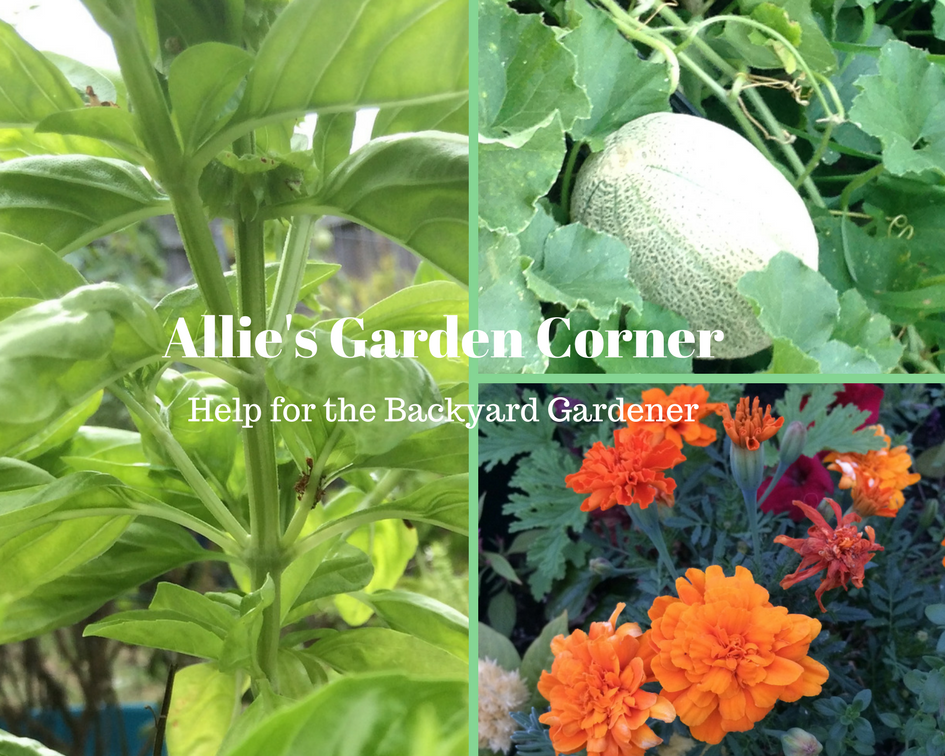Spice Up Your Lamb with Home-Rosemary Plant Care

rosemary plant care
Growing your own rosemary can be very rewarding, as not only is it easy to care for, but the aromatic foliage can add flavor to a variety of dishes. It is equally at home in the garden or a container and provides a full year-round harvest. There are many different varieties, but the most commonly grown is Rosmarinus Officinalis, known as “Miss Jessop’s Upright”.
Follow this easy guide to growing your own rosemary.
- Soil, Planting and Care
- Troubleshooting
- Harvest and Storage
Planting
Rosemary is particularly easy to grow, but it is recommended you start with some small cuttings, as the success rate of using seeds is very low. It can be planted as early as January or February if put undercover in seed trays. Rosemary plant care, As rosemary is a Mediterranean herb, it prefers dry weather and warm sunshine, in light, sandy soil.
In the garden, plants should be spaced approximately 40 inches apart to accommodate growth, with the bushes capable of growing up to three feet wide. It should be ready to harvest in roughly a year’s time.

how to plant rosemary
Soil
Rosemary thrives in light, well-drained soil and should be planted when the soil temperature is between 59 ºF and 68 ºF. If your soil is heavy or clay based, you should dig in some well-composted organic material and sand. Rosemary plants have extensive roots, so ensure that you dig it in deeply, in a position that has full sun for most of the day.
Care
Once your rosemary is established, it requires very little care and attention, just keep the area around it free from weeds. If your soil is average, it should not need any feeding. In poor soil conditions, rosemary can be fed twice a year with an organic, balanced fertilizer, such as a liquid fish fertilizer.
An annual prune in late winter will ensure you get the best out of your rosemary, just requiring you to cut back the top third of the plant and shape if necessary.
Troubleshooting
Rosemary can suffer from the attention of whiteflies, spittle bugs, spider mites and mealybugs. These can be blasted from the plant by using your watering hose. Chemical insecticides should not be used, as not only are the pests likely to be resistant, but you will, of course, be using the rosemary for culinary purposes.

how to plant rosemary
It is believed that carrots, potatoes and pumpkins make poor companion plants, therefore, rosemary should not be planted near them.
Harvest and Storage
Once your rosemary is established, you can harvest it year round, cutting the stems as required. It can be successfully dried, using a rack or tied up in bunches. Once the stems are dry, just strip the leaves from them and store in an air-tight container. The sprigs can also be frozen or preserved in vinegar or oil.
One of the most productive and easy herbs to grow, rosemary can be harvested year round and is an excellent addition to the garden releasing its aromatic fragrance as you brush past or touch it.
How to Plant Rosemary?
Know about how to plant rosemary? Plant rosemary are so easy to propagate that a novice will love the results from taking cuttings, dipping the ends in a hormone liquid and just planting in a pot. Keep cuttings in a warm conservatory, with a moist mix until they shoot.
Why not your own rosemary plant care and add its delicious flavor to your lamb, chicken and pork dishes?







